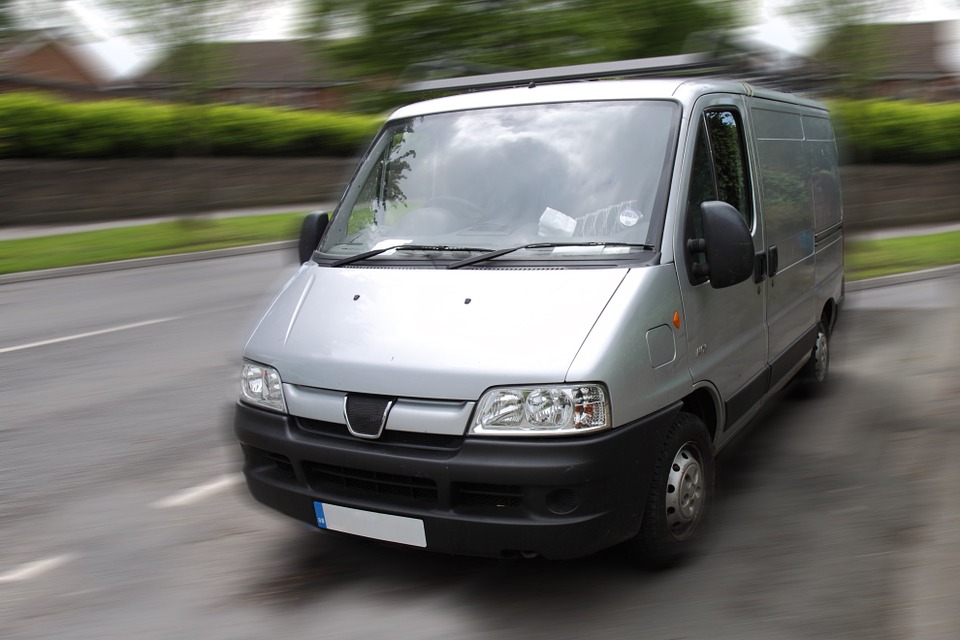
GPS systems are a fantastic device that you can use to solve a myriad of issues that you may have. You can use a portable GPS tracker to pinpoint your exact location in real time while you’re out on your bike, driving, hiking, fishing, running, or even sailing or perhaps flying! The GPS system has two main functions, one is to help you find your way and the other is so that someone can locate you if and when they need to whilst you are travelling.
There are two different kinds of GPS trackers: one which is hardwired, and the other is called a portable battery-powered tracking device. Here were discussing portable trackers so that you can find out more about that type of GPS system.
Portable trackers are wireless, one distinct advantage of them is that they can be moved from vehicle to vehicle or person to person with very little effort or trouble. When you are working out where you can track from on your device you should find that the signal is able to penetrate fibreglass, glass, foam or plastic but not anything metallic. Therefore, you can put the device under the seats or by the glove box but you can not put it under your hood or in the trunk of your vehicle as it will not work. It can be placed in a back pack to track your child if you have any concerns or even if they are being bullied you could use it as a signal if they change routes or are travelling faster than normal. This is great as you can receive all of this information in real time.
The charge on a portable tracking device usually lasts up to eight hours, you can also purchase extended life battery kits which can increase this by up to fifteen times to one hundred and twenty hours from one single charge.
Most systems will need you to log onto the tracking and reporting function and activate an account, pretty similar to any other technological piece of equipment. On this part of the website you will generally find the live tracking features that will help you such as speed and even latitude and longitude coordinates which will clarify the location of the device. You will also find most of the reporting and alert system options online, these will clarify what are “danger zones” such as speeding spots and so on.
The live GPS features on your device should include many functions such as routing, directions and maps as well as the ability to locate the nearest restaurant, rest room or gas station. All of this is very useful when you are out on the road, especially in new places. Before you choose a GPS for yourself, you should check out all of the available features and decide which ones are the most appropriate to your needs. This way you will purchase the most cost effective item for the money you wish to spend and you will have a really useful and fun piece of equipment at your disposal.
